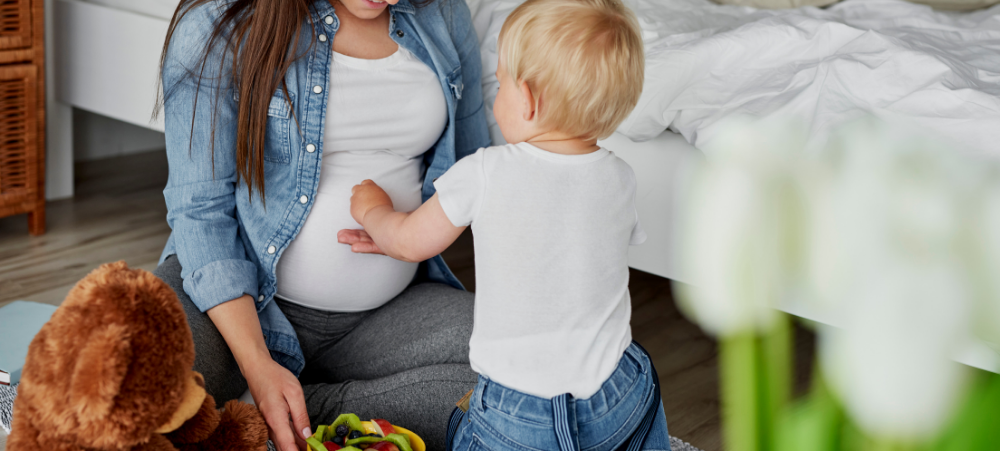
Ten tips for choosing the right medical aid
The medical aid landscape can be tricky to navigate so it’s best to compare all the available options and schemes to find a medical aid that works for your budget and your family’s health. Bonitas Medical Fund helps guide you through choosing the best plan. Analyse your healthcare needs No two people or families are alike, medical needs differ so do a quick personal healthcare needs’ analysis to determine what cover you need. If you have dependants, factor in their healthcare needs too. Factors to consider include: How often you visit your family visit a doctor or specialist Over-the-counter medication or chronic medication required Chronic conditions like high blood pressure or diabetes Specific conditions like cancer, HIV or renal failure Dentristy Optometry This will help you decide on whether you need a comprehensive medical aid or a hospital plan. Read the small print Benefits vary from plan to plan, so establish what is and isn’t covered and look at whether the option offers additional risk benefits which can save on day-to-date expenses. Such as free wellness screenings (blood pressure, cholesterol, blood sugar and BMI measurements) through to mammograms, pap smears and prostate screening. In some cases this extends to maternity programmes, dental check-ups, flu vaccinations and more. Managed Care options Managed Care programmes help members manage severe chronic conditions such as cancer, diabetes and HIV/AIDS. What about savings? Medical savings are a fixed amount a medical scheme gives you at the beginning of the year. There are ways to maximise your savings but first you need to know what you annual allocation is. The day-to-day detail Look at what the scheme suggests as a way to make your benefits last, bearing in mind the following: Some plans require you to use a specific GP, hospital network and have a list of Designated Service Providers (DSPs). These keep costs down because the scheme will have negotiated special rates with these services providers. Check the network in your area before making a final decision. Must you be referred to a specialist by your GP? Does your medical aid offer additional GP consultations, which they will pay for, after you have exhausted your day-to-day benefits? Virtual Care and technology Technology and virtual care is being embraced by medical schemes and members. Check what is offered on the plan you’re considering and whether it you want access to your benefits 24/7. Age impacts your decision As parents of young children, ensure the option you select provides sufficient child illness benefits If slightly older, select a plan that covers chronic conditions and provides sufficient in-hospital cover in the event of hospitalisation Ensure the affordability Consider all the costs involved before you make your final decision, such as: Monthly contributions: The rule of thumb is that contributions should not exceed 10% of your monthly income. A medical aid co-payment is a fee that the member is liable for when making use of certain medical services. These co-payments usually apply to specialist or elective medical procedures and will differ from one medical aid scheme to another. Waiting period and exclusions The Medical Schemes Act and the specific scheme’s rules determine this. Bonitas recommends that you enquire with the relevant scheme about their exclusion list and waiting periods. Brokers Using a broker doesn’t cost you anything. An independent broker will help you work your way through the different options and help choose the medical aid plan best suited to your and your family’s needs. For more information on the product offerings from Bonitas go to www.bonitas.co.za








































